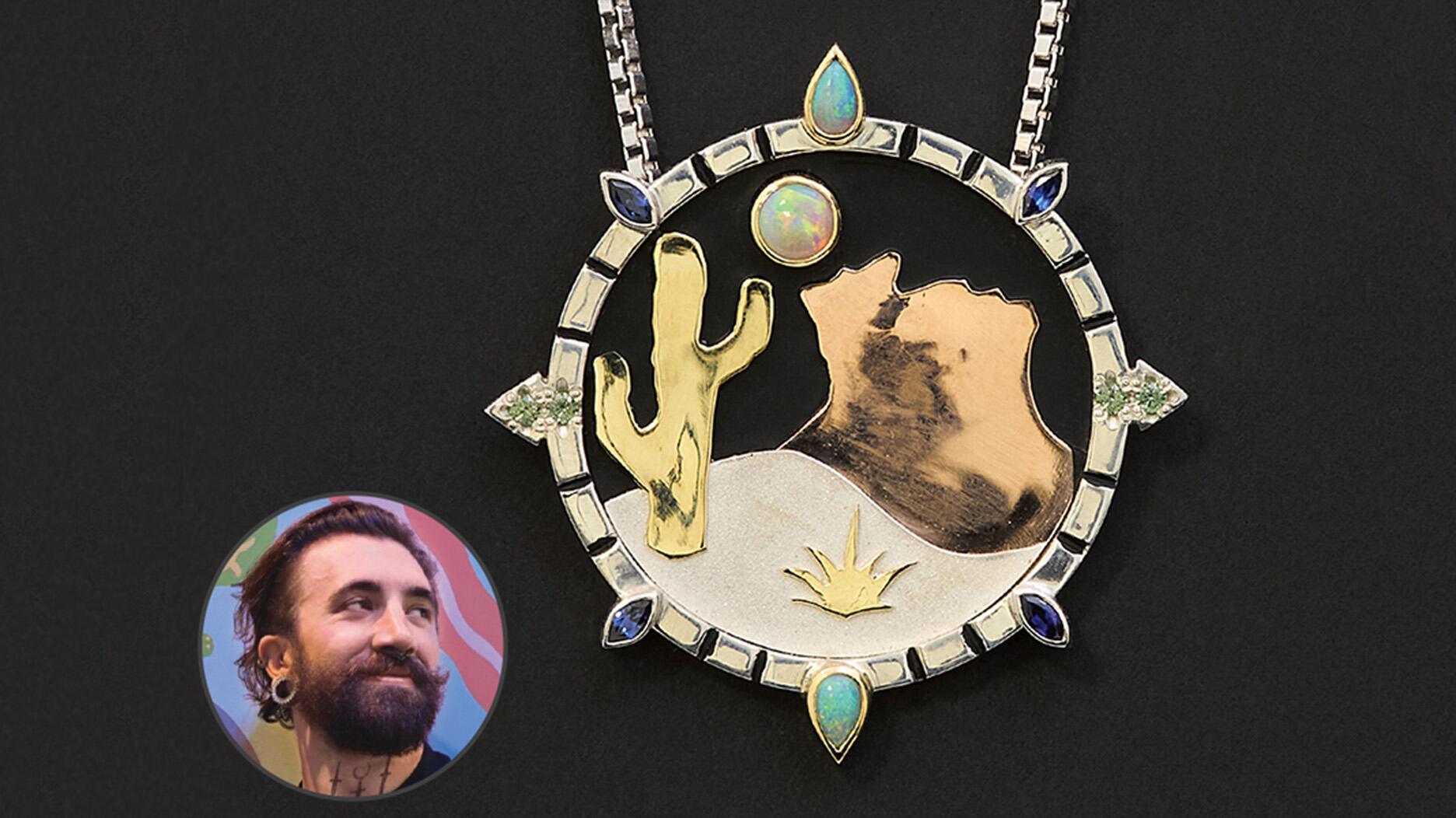Set in a Tiffany & Co. necklace, it sold for $4.2 million, the highest price and price per carat paid for a Paraíba tourmaline at auction.
Live From Las Vegas: Industry’s Level of Optimism ‘Striking’
JCK Events shared highlights from its new State of the Industry Jewelry Report, which found that many in the industry are feeling positive right now.

Las Vegas--If one recent survey is any indication, the industry is feeling pretty optimistic right now.
JCK Events conducted a survey in conjunction with GfK this spring and created a report based on the findings, the 2018 JCK State of the Industry Jewelry Report.
On Friday morning in Las Vegas, Reed Jewelry Group Senior Vice President Yancy Weinrich shared select highlights from the report at a breakfast held before the jewelry trade shows opened for the day.
Performed in February and March, the survey included feedback from 549 respondents. Most of them were retailers, but survey-takers also included manufacturers and wholesalers as well as some jewelry designers.
Weinrich added that 79 percent of the respondents have been in the industry for more than 11 years, meaning they’ve weathered changes before and bring a long-term perspective to the results.
When looking at the results, she said they discovered a “level of optimism about individual business prospects and the overall direction of the general economy that was striking.”
Though the male respondents were slightly more optimistic than the females, the overall sentiment was positive by a margin of two to one.
In fact, Weinrich said the confidence in the industry and future outlook for the general economy far outstrips that of the general public. Forty-six percent of those who took the jewelry survey said the economy was doing better in the last 12 months, which was nearly twice as many as who said the same in the population at large.
Those expecting continued improvement in the next year are slightly fewer than that, but still outnumber the American public by almost 50 percent.
She said the industry is “overwhelmingly positive” about the likely effects of the recent tax overhaul, with only 13 percent concerned it might hurt the economy.
In questions of trade policy, however, there was more caution and concern; more respondents were worried the changes in the policy toward the Asia-Pacific region, in particular, might hurt the economy.
Nevertheless, the industry sentiment, according to the survey, seems to be positive, especially when it comes to respondents’ own businesses.
Coinciding with the release of the survey, JCK Events introduced a number designed to reflect the state of the industry: the 2018 JCK Jewelry Industry Confidence Index, which will be based on the percentage of jewelers who express optimism regarding their stores.
For the first measure of the index, when
“This is a number that we’re eager to watch over the years, testing its resilience and learning about the attitudes of our professionals in the jewelry industry over time,” Weinrich said.
When it comes to the industry’s biggest challenges, the most commonly mentioned were: online competition, overall economic climate, a lack of general consumer demand and a lack of millennial demand.
According to the survey, the top strategy for dealing with these challenges is improving the in-store buying experience, which “shows that retailers particularly believe that buying jewelry is not something that can only migrate to the virtual world,” she said.
Even with the larger number of brick-and-mortar stores closing, many in the industry aren’t behind going all-in on e-commerce, as buying jewelry goes beyond product to also include seeing and feeling pieces in person, becoming educated and being guided by a trusted professional.
The industry also is turning toward non-traditional advertising and social media as ways to drive the consumers into the store.
Eighty-one percent of survey-takers ranked social media marketing as one of their most successful business practices, while 90 percent indicated they plan to increase their efforts in this area, with Facebook and Instagram dominating.
“Social media is obviously seen as a cost-effective front for taking on online competition,” Weinrich said.
The survey also delved into lab-grown diamonds.
Though only one in five respondents reporting selling the stones, those that are in the business reported that sales were good; 62 percent said sales were up in the last year, and 78 percent expect them to increase again in the coming year.
Also among the top trends for survey-takers was the sale of “responsibly sourced jewelry,” with 73 percent reporting that they sell it, and 49 percent reporting sales were up year-over-year in 2017.
“While this may bolster the growth of blockchain in the industry in the immediate future, it also provides a foothold for lab-grown diamonds to leverage going forward,” Weinrich said.
Meanwhile, sales of watches and charms were “visibly down” from 2016 to 2017, with the former being affected by the disruption of smartwatches and wearable tech, while sales of custom pieces were up 59 percent among respondents as the customization trend across all consumer categories picks up.
The full version of the 2018 JCK State of the Industry Jewelry Report can be purchased at JCKLasVegas.com/IndustrySurvey.
The Latest

The jeweler’s “Deep Freeze” display showcases its iconic jewelry designs frozen in a vintage icebox.

Take luxury gifting to new heights this holiday season with the jeweler’s showstopping 12-carat sphene ring.

How Jewelers of America’s 20 Under 40 are leading to ensure a brighter future for the jewelry industry.

In its annual report, Pinterest noted an increase in searches for brooches, heirloom jewelry, and ‘80s luxury.


Starting Jan. 1, customers can request the service for opal, peridot, and demantoid garnet.

The 111-year-old retailer celebrated the opening of its new location in Salem, New Hampshire, which is its third store in the state.

Roseco’s 704-page catalog showcases new lab-grown diamonds, findings, tools & more—available in print or interactive digital editions.

The new catalog features its most popular chains as well as new styles.

The filmmaker’s personal F.P. Journe “FFC” prototype was the star of Phillips’ recent record-setting watch auction in New York.

The new location in the Design District pays homage to Miami’s Art Deco heritage and its connection to the ocean.

Inflations, tariffs, and politics—including the government shutdown—were among consumers’ top concerns last month.

“Longtime favorite” presenters, as well as first-time speakers, will lead talks and workshops at the annual event in Tucson next year.

The sale of the 31.68-carat, sunset-hued stone was part of Sotheby’s first series of events and auctions in Abu Dhabi.

Most customers who walk into your store this month have made up their minds. Your job is to validate their choice, Emmanuel Raheb writes.

The collection features characters and motifs from Ukrainian folklore, including an enchanted mirror and a magic egg.

MatrixGold 3.11, the newest version of the jewelry design program, offers more flexibility, precision, and creative control.

The pavilion will be part of the 2026 JA New York Spring show, scheduled for March 15 to 17.

Kadet, a 1994 National Jeweler Retailer Hall of Fame inductee, helped grow the family-owned retailer in the Chicago area and beyond.

Billed as the world’s smallest wearable, Lumia Health’s new smart earrings have a health tracker subtly embedded in the back.
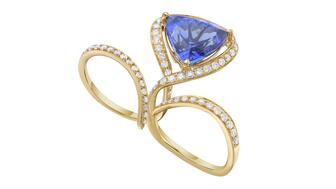
Don’t let those with December birthdays feel blue. Help them celebrate their month with blue zircon, turquoise, and tanzanite.
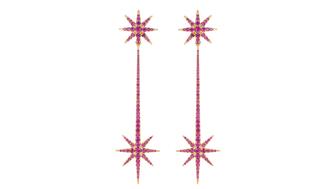
The new pink sapphire version of the piece dances with its wearer in the brand’s “Icons After Dark” holiday campaign.

A choice that’s generated a lot of commentary, Pantone says “Cloud Dancer” marks a fresh start and encourages relaxation and creativity.

The manufacturer’s holiday campaign features a gift guide filled with trending designs and jewelry that can be personalized.
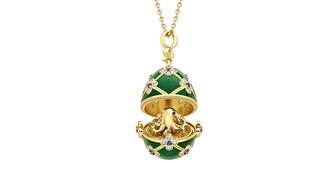
The man was charged with theft, accused of ingesting the necklace while in a jewelry store in Auckland, New Zealand.
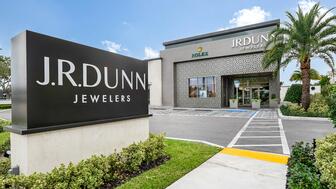
The Florida independent expanded its store from 8,000 to 14,000 square feet, fulfilling the vision of its late co-founder, Jim Dunn.
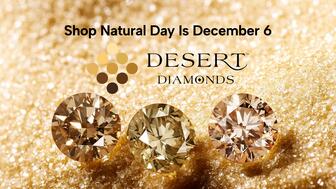
Sponsored by De Beers Group












